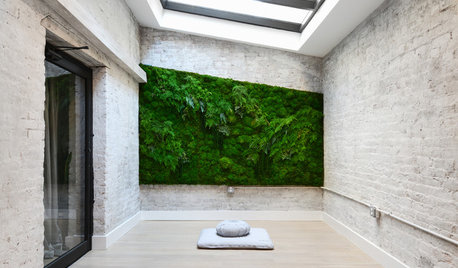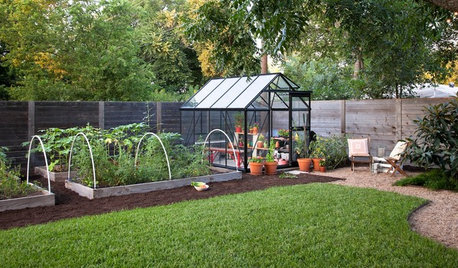Weeds in a neglected Saint Augustine Lawn
nigelscott
9 years ago
Related Stories

LANDSCAPE DESIGNCalifornia Says Goodbye to the Sprawling Ornamental Lawn
New state rules will effectively limit turfgrass to 25 percent of the landscape in most new and renovated yards
Full Story
SAVING WATERHouzz Call: Are You Letting Go of Your Lawn?
Many facing a drought are swapping turf for less thirsty plantings. If you’re one of them, we’d like to hear about it
Full Story
GRASSESHow to Rock a Lawn
Weekend Project: The key to healthy grass begins with the soil. If turf works for you, here’s how to fix it and keep it looking its best
Full Story
SAVING WATERXeriscape Gardens: How to Get a Beautiful Landscape With Less Water
Conserve water and make gardening much easier with the xeriscape approach’s 7 principles
Full Story
LIFETrue Confessions of a House Stalker
Letting go when a new owner dares to change a beloved house's look can be downright difficult. Has this ever happened to you?
Full Story
GREEN BUILDINGWorld of Design: The Joy of Moss and Its Modern Uses
This great design plant is 400 million years in the making. See how it’s inspiring art, soothing spaces and building design
Full Story
EDIBLE GARDENSA Formerly Weedy Lot Now Brims With Edibles and Honeybees
Photographers transform their barren backyard into an oasis filled with fruit, vegetables, honey, eggs and more
Full StoryMore Discussions








lou_spicewood_tx
dchall_san_antonio
Related Professionals
Windham Landscape Architects & Landscape Designers · Beachwood Landscape Architects & Landscape Designers · Peabody Landscape Contractors · Bridgeport Landscape Contractors · Chesapeake Ranch Estates Landscape Contractors · Goodlettsville Landscape Contractors · Lady Lake Landscape Contractors · Lynwood Landscape Contractors · Southbury Landscape Contractors · Wells Landscape Contractors · York Landscape Contractors · Bensenville Landscape Contractors · Mount Pleasant Swimming Pool Builders · Sunny Isles Beach Swimming Pool Builders · Midwest City Swimming Pool Builderslou_spicewood_tx
botanicalbill
glwoodz
dchall_san_antonio
glwoodz